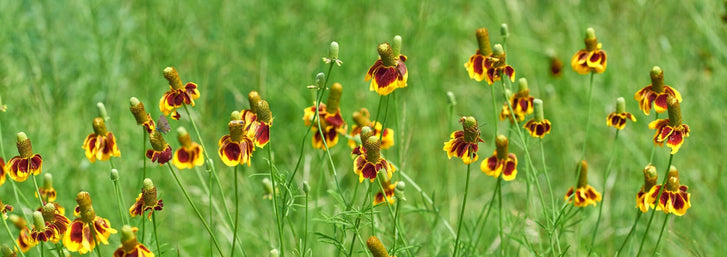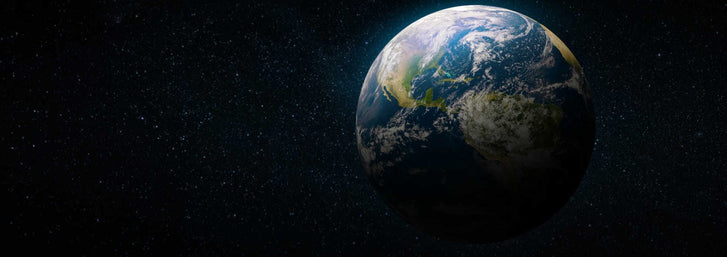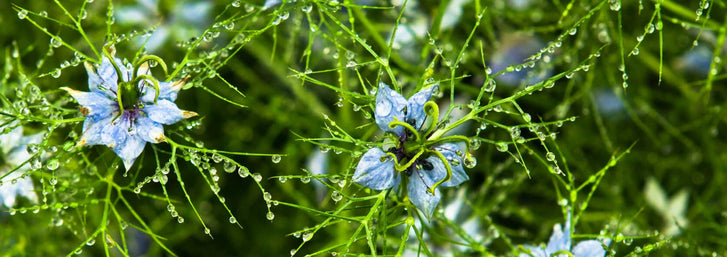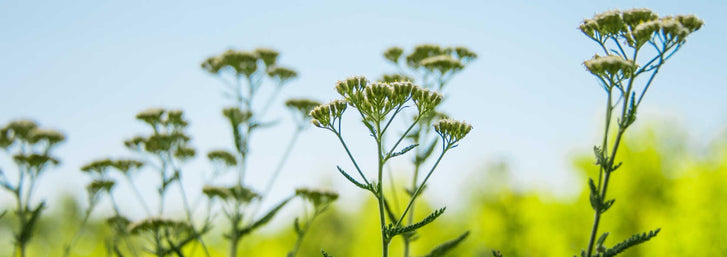
Kat Jones

Part 3:
Several years ago I was talking to a friend of mine who is a wheat farmer in Idaho. He was talking about his brother who had a herd of Hereford cattle, and said that they were put out to pasture on the wheat fields every year. We had a common interest in Ann Wigmore’s diet and wheatgrass juice and he spoke about how each and every animal that was born in this herd was absolutely perfect and how this contrasts with mankind and the inherited problems in thousands of children who are born imperfect. I then thought about something that Ann Wigmore once said. I had attended her institute in Boston in 1989 and I asked her if pregnant women should take wheatgrass juice. She said that since she began her institute, she had traveled all over the US each year, giving seminars about wheatgrass juice and the living food diet. Many times she went back to the same cities and spoke to women who had used wheatgrass juice during their pregnancies. They told her that their children were not only perfect but many of them were geniuses. Since wheatgrass juice is so detoxifying, I wondered if someone should start taking it for the first time if they were already pregnant? She told me yes, but only a teaspoon a day for the first few weeks and gradually increase to an ounce per day for another month or two, and then they could take several ounces a day after that.
Dr. Edward Howell says in his book Enzyme Nutrition, that only humans live on enzyme-free food. All wild creatures and some domestic animals get their enzyme supplements in the raw food itself. Animals using raw food don’t have the rich concentrations of enzyme activity in their digestive juices that humans do as they don’t need it.
Furthermore, Howell says that animal life goes back several hundred million years, and that all primitive living forms of life took in enzymes as part of their food. No living organism, animal or vegetable could exist without hundreds of enzymes as part of its makeup. Throughout millions of years, countless branches of the animal kingdom ate enzymes as part of the diet. He thinks it is reckless and almost dangerous for the human race to abruptly remove food enzymes from its diet.
It is easy to see that enzymes are of major importance in the diet of all creatures. The question sometimes asked is this: Is the human race in a state of progression or regression? If we look at the knowledge and technological advances of mankind, we could answer to the former but if we walk down the street of any city and notice the state of the health of the people there or enter their hospitals, we would have to answer to the latter. Why have we as a people neglected the most important factor of our being? It is a matter of education. We seem to be educated in every field upon the face of the earth except how to care for our bodies and keep them in a healthy/beautiful and pristine condition.
However at this time, there seems to be an awakening in the world in the field of natural health and natural medicine. Edward Howell’s book is one of many in which we can re-educate ourselves and re-orient ourselves to a more natural lifestyle. "The food enzyme concept probably has more to offer as a permanent contribution to those seeking health than any system yet proposed. It points out the basic and underlying causes of the killer diseases and seeks to eradicate these causes."
Edward Howell says there are two basic causes of disease. The first cause is enzyme deficiency or undernutrition. This sets the stage or prepares the ground in the development of cancer, heart disease, arthritis and premature aging and other disease conditions. Howell: " I attest that the kitchen stove and its big brothers, the heat-treatment machinery in food factories, are responsible for destroying a whole category of food elements, namely the heat-sensitive, exogenous food enzymes." The second highly advertised cause of disease such as carcinogens, cholesterol, bacteria, x-rays, food additives, tobacco smoke can only bring trouble if the first cause is in place. Howell asserts that stress as a causative factor in human disease has been blown way out of proportion. According to him, animals in the wild also face great stresses yet are disease free because of their superb enzyme nutrition.
Howell found that when animals are taken from the wild and put on an enzyme free diet, that the first indication of change reflects in the brain. Many experiments have been done with mice showing that when an enzyme free diet is fed, there is shrinkage of the brain and an enlargement of the pancreas and other digestive organs. He found that the pancreas of laboratory rats eating enzymeless foods was three times as large as laboratory rats eating an enzyme rich diet and used three times the amount of enzymes to digest the food. When these rats on an enzyme free diet were allowed to live out their normal lifespan, they were examined and found that they suffered from many of the degenerative diseases of mankind.
Another point that Howell makes is that enzymes can and do wear out. His work contradicts work which has been repeated for over 75 years and in thousands of books but he makes the point that much research has been done in the last 35 years and it takes time for the results to be incorporated into the current medical textbooks that are available. One of his illustrative points about the fact that enzymes can and do wear out is research that was done by Dr. Meyer and his associates at Michael Reese Hospital in Chicago who found that the enzymes of the saliva in young adults was 30 times stronger than in persons over 69 years of age.
Howell says, that even thinking involves enzyme activity. He says:
"We are left with no escape from the realization that enzyme activity and the spark used to trigger all of our daily actions are one and the same."
Leave a comment
Your email address will not be published. Required fields are marked *
0 Comments
No Comments yet! Be the first to start a conversation
Further Reading

10 Natives of the Southwest USA for Pest Control
Written By Lara Wadsworth The Southwestern United States is a region incredibly unique to the rest of the country. The hot, dry weather can be challenging for plants and animals to thrive without additional help. That is why gardening with natives can ...

Ashleigh Smith
2024-04-157 min read0
Spring Into Action - Celebrating Earth Day
Written By Chelsea Hafer Spring is quickly arriving, and that means that Earth Day is near! Earth Day is the perfect occasion to appreciate our wonderful planet and all that it does for us and think of ways you can give back to it. In this blog post, w...

Ashleigh Smith
2024-04-154 min read0
Everything You Need To Know About Rain Gardens
Written By Lara Wadsworth Rain gardens are quickly gaining popularity for their perfect marriage of utility and beauty. What simply looks like a beautifully landscaped garden is actually a native habitat that serves as a storm drain and water sponge. B...

Ashleigh Smith
2024-04-085 min read1
Northeastern Natives for Attracting Beneficial Insects
Written By Lara Wadsworth The Northeastern United States is rich with American history, but did you also know that it is rich in plant biodiversity? Nature has learned through time how to work in harmony with the various species that attempt to thrive....

Ashleigh Smith
2024-04-086 min read1



